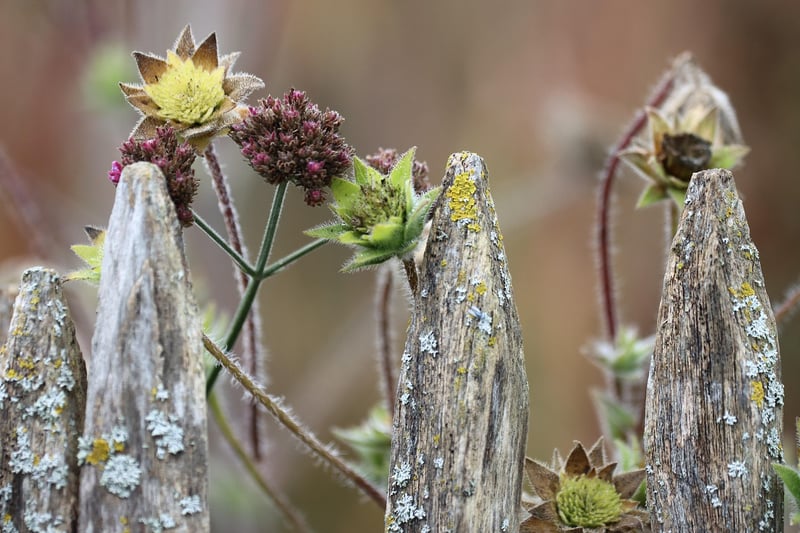Watering Guide
Nurture Your Greens: A Comprehensive Watering Guide
Welcome to our guide on how to properly water and nurture your greens for a thriving and lush garden. Water is essential for the growth and health of your plants, and understanding the watering needs of different greens is key to maintaining a successful garden. Let's dive into the world of watering and discover the best practices to keep your greens happy and vibrant.
1. Know Your Greens
Before you start watering, it's essential to understand the specific needs of the greens in your garden. Some plants require more water, while others prefer drier conditions. Research the watering requirements of each type of green you are growing to provide the best care.
2. Watering Frequency
The frequency of watering your greens will depend on various factors such as the type of plant, weather conditions, and soil type. As a general rule, most greens prefer deep, infrequent watering rather than frequent shallow watering. This encourages deep root growth and helps plants withstand dry periods.
3. Best Time to Water
Water your greens early in the morning to allow for maximum absorption before the heat of the day. Avoid watering in the evening to prevent prolonged leaf wetness, which can promote fungal diseases. Consistent watering at the same time each day can help establish a routine for your plants.
4. Watering Techniques
Use a watering can, hose, or drip irrigation system to water your greens. A soaker hose or drip system delivers water directly to the roots, minimizing water waste through evaporation. Avoid overhead watering, as this can lead to water loss through evaporation and increase the risk of foliar diseases.
5. Signs of Overwatering and Underwatering
It's crucial to observe your plants for signs of overwatering or underwatering. Overwatered plants may show yellowing leaves, wilting, and root rot, while underwatered plants display wilting, dry soil, and stunted growth. Adjust your watering schedule accordingly based on the needs of your greens.
6. Mulching
Applying a layer of mulch around your greens helps retain soil moisture, regulate soil temperature, and suppress weed growth. Organic mulches like straw, wood chips, or compost also improve soil structure and fertility over time. Mulching can reduce the frequency of watering needed for your plants.
7. Monitor and Adjust
Regularly monitor the soil moisture levels of your greens by checking the soil with your finger. Adjust your watering schedule based on the weather conditions, plant growth stage, and specific requirements of each green. A proactive approach to watering can prevent issues and promote healthy plant development.
8. Conclusion
By following these watering guidelines and nurturing your greens with care, you can create a thriving garden filled with healthy and vibrant plants. Remember that each plant is unique, so pay attention to their individual needs and provide the right amount of water to support their growth. Happy gardening!

For more gardening tips and inspiration, visit Gardeners.com.
